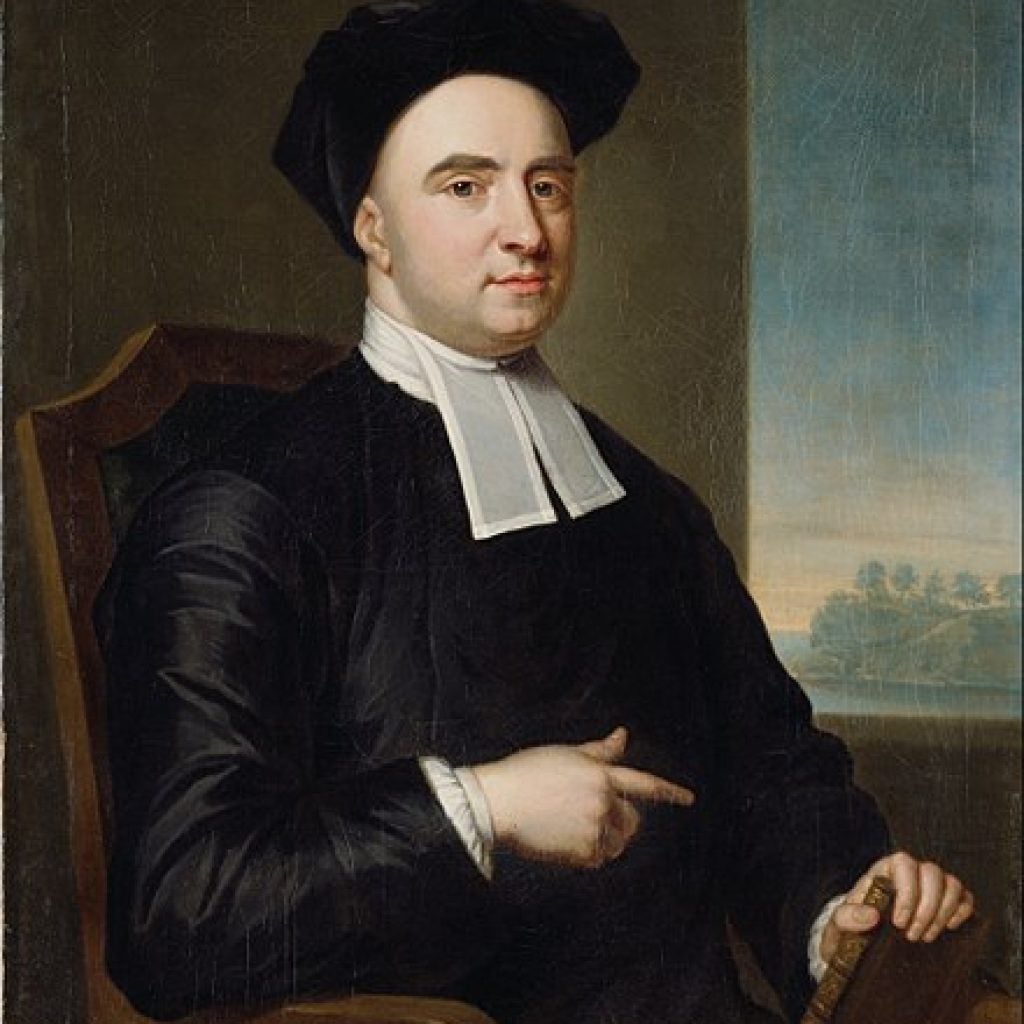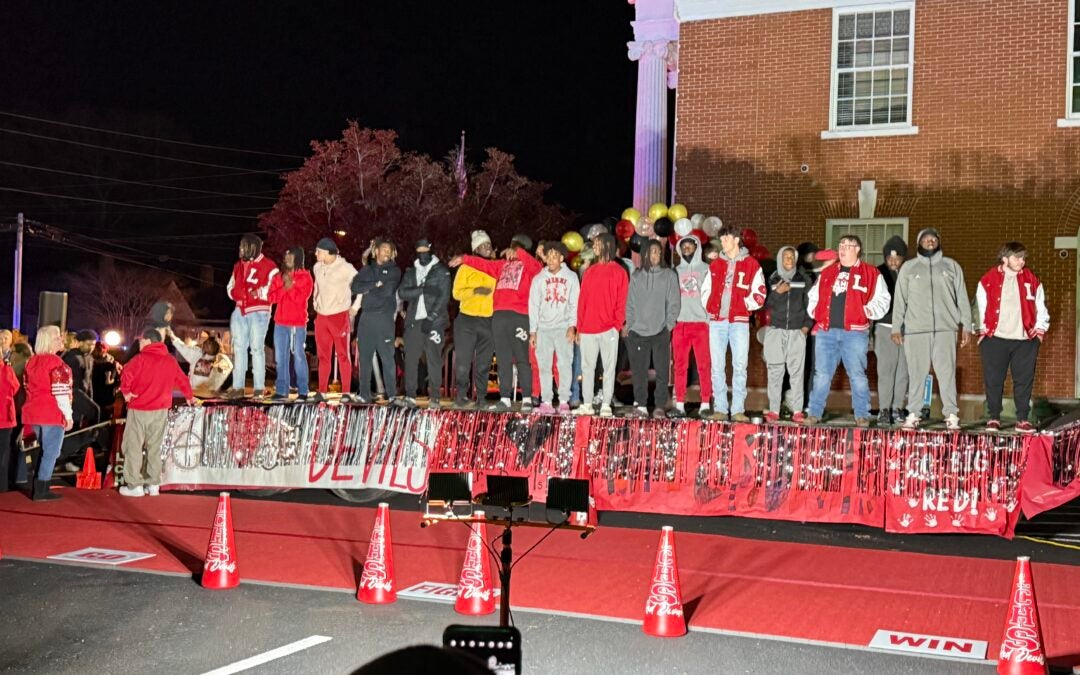(Disclaimer: The opinions expressed in this column are those of the author and do not necessarily reflect those of The Augusta Press.)
Ever heard of George Berkeley?
Actually, you probably have. The University of California -Berkeley, and the town that houses it, were both named after him.
Opinion
Berkeley was a remarkable man. He was one of the dominant philosophical minds of the 17th century, as well as a Church of Ireland bishop, but he did much more than just write and preside over a diocese.
Berkeley was an idealist who tried to improve the lot of people on both sides of the ocean, even making efforts to build a university and an ideal city on Bermuda. This led him to move briefly to Rhode Island, where he established a plantation house and lived there until money problems led him to move back to the British Isles.
He also owned four slaves while he was in Rhode Island. And there our story begins.
Trinity College Dublin is the island’s oldest and most prestigious university. Berkeley had a close connection with Trinity, as it was there that he studied and also became a lecturer right after he graduated.

Not surprisingly, Trinity honored this great Irishman by naming its main library after him in 1978.
But there were those four slaves.
Trinity has now decided to change the name of the library. This effort is being supervised by the Trinity Legacies Review Working Group, which has accepted a petition from Trinity students to change the name of the library.
MORE: Editorial: It is time to strengthen campaign finance law
There is more than a little irony in this, as the Irish students at Trinity are copying example of their counterparts in Britain who have also fought to remove colonial and slave-owner names and monuments. Then again, Dublin and especially its upper classes have a long history of being pro-British – in other places in Ireland, they are called “West Brits” – so maybe it’s not so surprising.
The more important issue is: who cares?
Moving or removing monuments or other memorials is not new. At the beginning of the American Revolution, the statue of George III in New York was toppled and melted down into bullets. It was probably a controversial action back then, but the loyalists wisely stayed away from the attack on the statue.
Removals here have also caused quite a bit of controversy. A lawsuit has just been filed about the moving of markers at the 5th Street Bridge, originally named after Confederate President Jefferson Davis. The future of the giant Confederate column downtown is (literally) a much bigger issue.
One problem is that all these monuments are being treated similarly, even though their origins and meanings are often quite different. Some were built with money from genuine memorial associations while others were the product of propaganda efforts on behalf of the Confederate image. Others have unusual connections.
The Augusta column has at its top an ordinary soldier, modeled by Berry Benson. A soldier throughout the war, Benson went on to a distinguished career, perhaps most notably his intervention in the Leo Frank affair. Frank was a Jewish factory manager, falsely convicted of murder and later lynched by a mob, in one of Georgia’s most infamous cases of anti-semitism. Benson uncovered inconsistencies in the prosecution’s testimony and wrote frequently to clear Frank’s name, and to have the death sentence commuted.
So do the removals of names, statues, etc., etc., over the issue of slavery, matter? My answer: it depends, but in one situation, it matters a great deal.
In the case of our knowledge of history, that is not always obvious. The melting of the statue hardly affected our memory of George III, who is better known here than any other British monarch, save the late Elizabeth II.
Benson is not much remembered in Augusta nowadays, and his name has only come to the forefront because of the current controversy. Whether our knowledge or memory of the Civil War will decline because of the disappearance of its monuments and historical markers is another matter. There is a difference between those that merely commemorate a certain event or person, and those that were obviously designed to celebrate the Confederacy and obscure its – and the war’s – intimate connections to slavery. And, it should never be forgotten, a race-based slavery.
The most harm is probably done when monuments and names are tossed away involving the lesser-known participants in the conflict. The demolition of the Zebulon Vance monument in Asheville is an example of this. Vance was one of the Confederate governors of North Carolina. More famous figures in the war will continue to be remembered, but those in the middle ranks, so to speak, will be forgotten.
But what is the effect of this? It is one thing to protest the glorification of the Confederacy and the attempted erasure of its slavery foundation, but eliminating the visible remembrances of individuals only because they happened to participate in the widely accepted system of slavery in centuries past can have some implications.
In the case of Trinity College, the retroactive punishment of one of its greatest graduates will come up in conversation every time his ideas are studied. That may not be significant, as not many people spend their time studying 17th century philosophy. But there is an area close to home where damage could be done: the Constitution.
The U.S. Constitution by itself has remarkably little to say about slavery. It neither establishes, forbids, not defines the institution. Contrary to popular opinion, it never defined a slave as being only three fifths of a person. It did include a clause dealing with fugitive slaves, but that was not given effect by statue until much later, and then it would (ironically) help bring about the abolition of slavery.
MORE: Editorial: Let the strip club ordinance stand
It has been argued that the Second Amendment was related to states’ needs to suppress slave rebellions. Considering the significance of the institution in American history, that is not very much. However, slavery had a major presence inside and outside the halls where the Founding Fathers met. About a third owned slaves. The signatures on the Declaration of Independence and the Constitution are riddled with the names of slave owners. That includes the three names that we most often associate with our founding and the Constitution – Washington, Jefferson, and Madison.
Sooner or later, the attack on slave owners is bound to focus on these and other Founding Fathers. That would be harmless – but it might affect how we see their great handiwork, both this country and in particular the Constitution. It is one of the longest lasting documents of its kind in modern history. Our commitment to it is remarkable. Even during the Civil War, the Confederate states wrote a Constitution that is remarkably similar to that of the United States. (They even put George Washington on the CSA’s Great Seal.)
During the Great Depression, when the country might easily have fallen to radicalism on the Left or Right, the Constitution survived – with the only significant change being the abolition of Prohibition.
But we are in a different time and place. The Constitution is losing the aura of reverence that has protected it for so long. This is true on both the Left and Right ends of the spectrum. The Right, between Jan. 6 and the suggestion to “terminate” the document, is fairly obvious about it. But the Left is no more committed to the Constitution except when it protects certain prized rights.
There is also a far more insidious threat to the future of the Constitution. The combination of growing concentration of wealth and a lack of economic mobility could mean that the country could wind up being effectively governed by a wealthy oligarchy. The Constitution would still exist, but it would be our foundation in name only. This is what happened to the Roman Republic in the days of Julius Caesar and Jesus Christ, when it evolved from a republic into an empire, despite keeping many of the old republican symbols. That empire did alright, of course, lasting 500 years in the West and another millenium in the East. But the republic was gone.
The Constitution has been attacked before. The greatest Congressional abolitionist of the Civil War era, Congressman Thaddeus Stevens, once described it as “a worthless bit of old parchment.” But his attitude made him an outlier. Nowadays, the willingness to topple the constitutional edifice is not far below the surface.
And once it’s gone, it’s gone.
Hubert van Tuyll is professor emeritus of history at Augusta University. He holds a Ph.D. from Texas A&M University and a J.D. from Duke University.
Hubert van Tuyll is an occasional contributor of news analysis for The Augusta Press. Reach him at hvantuyl@augusta.edu








